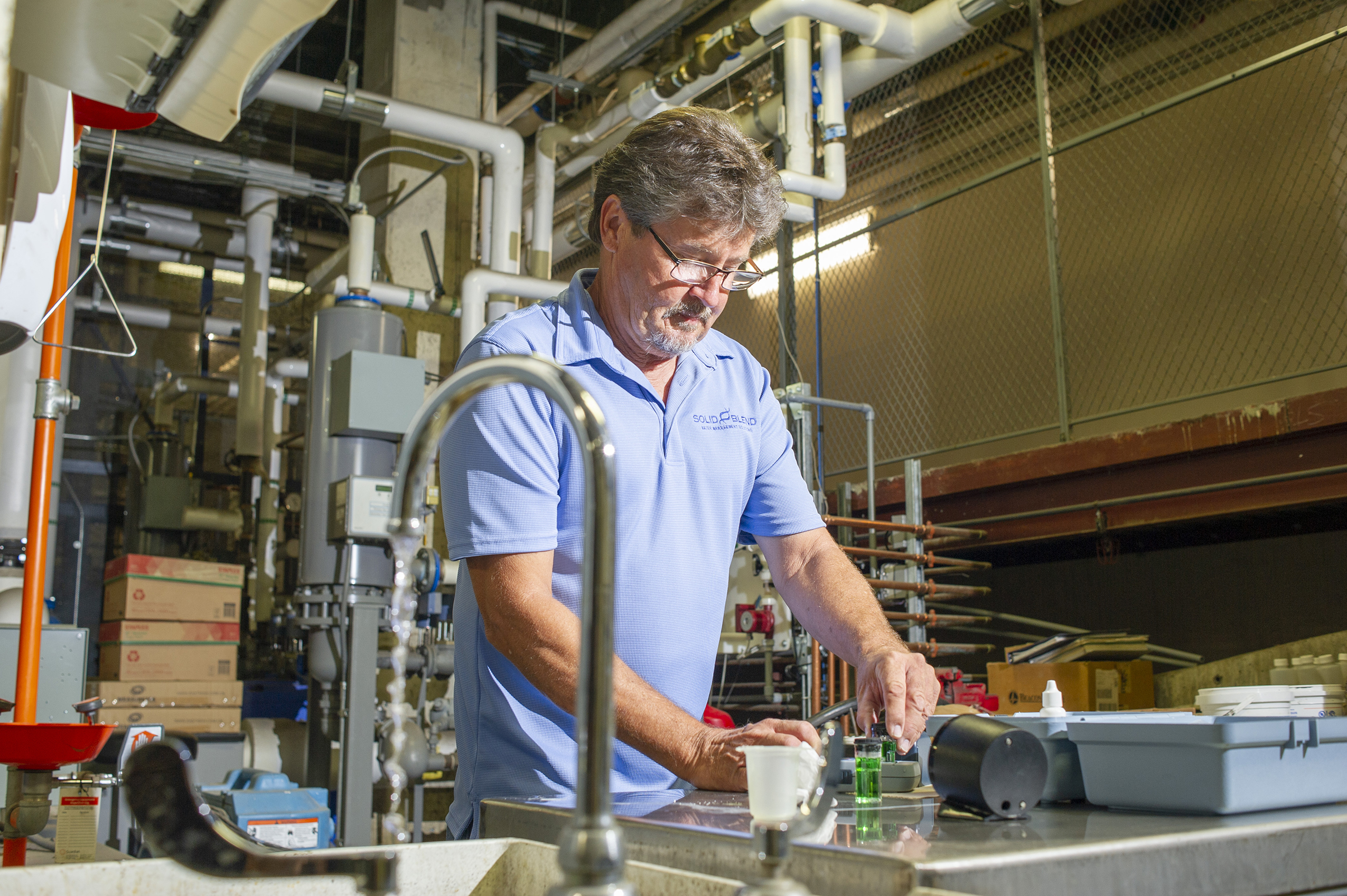First things first. Meet Legionella – a common bacterium that thrives in freshwater environments. Legionella is relatively harmless in natural settings such as ponds, lakes, and reservoirs. But if not discovered in man-made environments containing water, such as cooling towers and building plumbing systems, Legionella can lead to potentially fatal outbreaks of Legionnaires’ Disease.
We know, we know. That’s quite a way to start a blog. But, the first outbreak of Legionnaire’s Disease was over 40 years ago. That means we’ve had the advantage of time to develop standards and guidelines to manage, mitigate, and most importantly, prevent it.
What do I need to know?
Legionella is on the rise. Waterborne illnesses affect more than seven million people in the U.S. annually. Since 2000, the U.S. has seen a 450% increase in cases of Legionella. From 2019 to 2020, Michigan’s Health Department reported a 600% increase and the Chicago government reported triple the cases.
For a more commonly talked about comparison, flu-related illnesses affect an estimated 30 to 40 million people in the U.S. annually. Although waterborne illnesses have a smaller reach than flu-related illnesses, they still are widespread. Something you may not think about when you see that number – these waterborne illnesses cost our healthcare system more than $3 billion.
Legionella and similar waterborne pathogens can be disinfectant-resistant and are even capable of supporting other pathogens like Staph and E. coli. In light of the past few years, it’s important to remember, “while the COVID-19 pandemic has increased the use of disinfectants and sanitizers, particularly in healthcare facilities, these antiseptic soaps do not tackle what’s going on behind the scenes in the water supply pipes and faucets.”
Due to the Covid-19 pandemic, some reports are showing a surge in reported Legionella findings and outbreaks due to building shutdowns. However, with the steady upward trend for the past 20+ years, we know this isn’t a short-term problem. There’s an estimated 6 million miles of plumbing in buildings in the U.S., so we know this isn’t a small problem, either.
The good news? (We know, so far there hasn’t been a ton of that – we’re getting there, we promise!) Legionella is preventable.
What do I need to do?
Legionnaires’ disease is contracted by inhaling water droplets that contain Legionella bacteria. Systems like cooling towers and building plumbing are just some of the systems that can release water droplets into the air. Managing these water systems can be complex. Lucky for you, you’re reading this blog. Even luckier, we know a thing or two about Water Management.
Creating and following a customized Water Management Plan (WMP) is the best way to ensure your system can beat any bacteria build-up before it even starts. Our WMPs follow Centers for Disease Control and Prevention (CDC) guidance, and meet the requirements of Centers for Medicare & Medicaid Services (CMS). Our services include routine data collection, check-ins, and seasonal cooling tower cleanings, helping you maintain compliance and protect your water. It also includes our team of rapid responders at the ready to remediate any outbreaks. Not only does proactive water management mitigate risk, it also saves you money and time while increasing the lifespan of your systems. Win, win, right?
Regulations around Water Management may make your eyes cross. We’ve got you. Our team stays up to date with all standards and guidelines, so you can trust your system meets all regulations. This includes CMS, CDC, ASHRAE, CTI, AWWA, AWT, and more. We’ll spare you from all the nitty-gritty details of industry standards in this blog, but if you want to chat, we could talk all day!
For us, we’re not just following plans and managing regulations – we’re saving lives.
For some not-so-light reading, check out our full list of standards, guidelines, and laws. For expert answers to any of your questions – or concerns – about Legionella at your facility, give us a call.
Resources
Centers for Disease Control and Prevention: https://bit.ly/3vDHinu, https://bit.ly/3Qjn9uU
National Library of Medicine: https://bit.ly/3QjcTmk
Hospital and Healthcare: https://bit.ly/3QqikjE
Environmental Safety Technologies: https://bit.ly/3P2vQIQ
Biomedical Central: https://bit.ly/3zuXwR0

